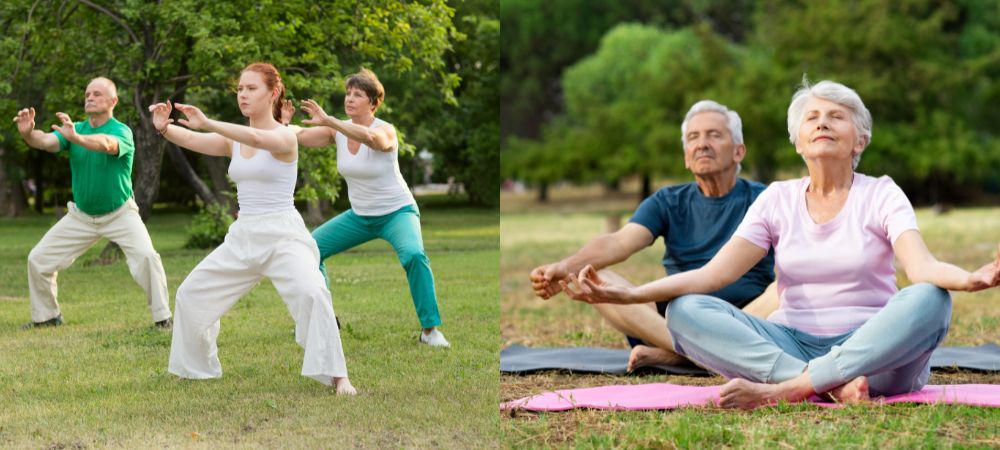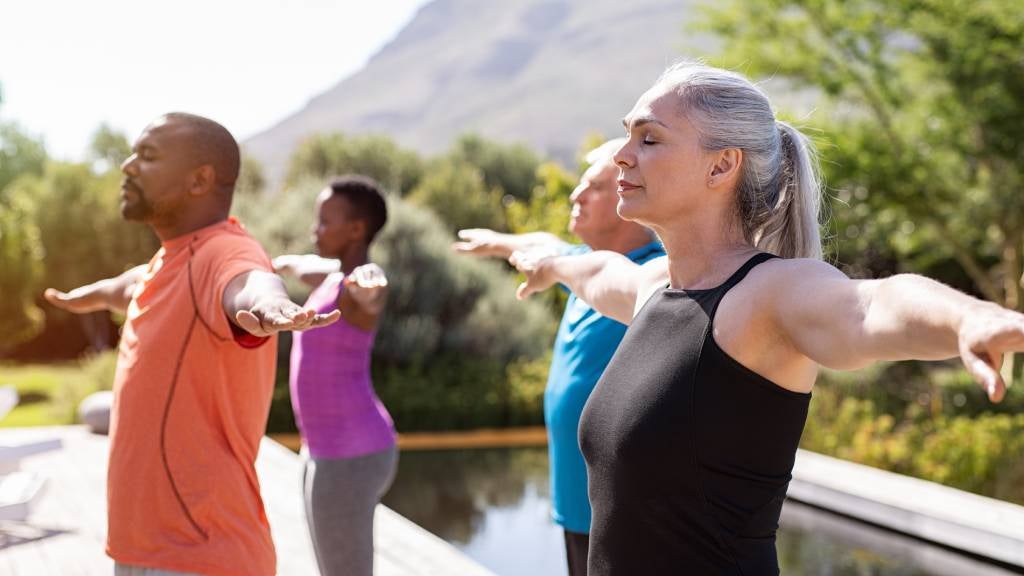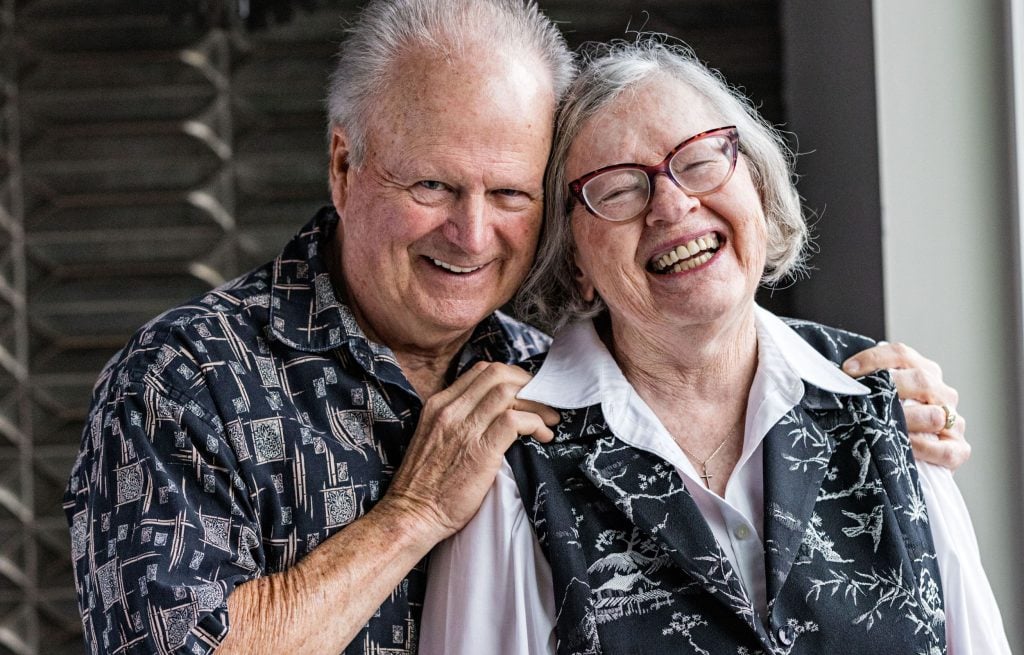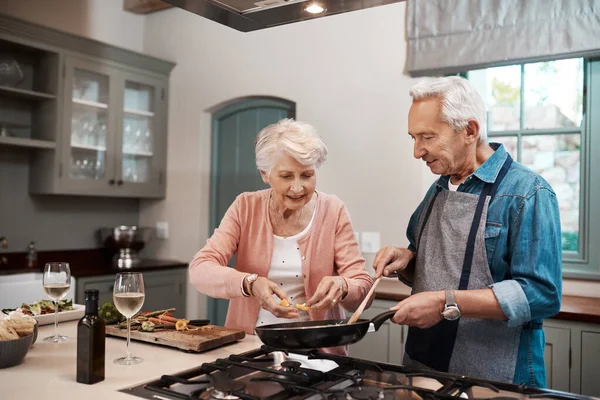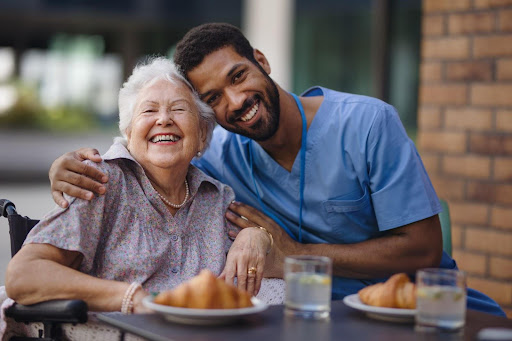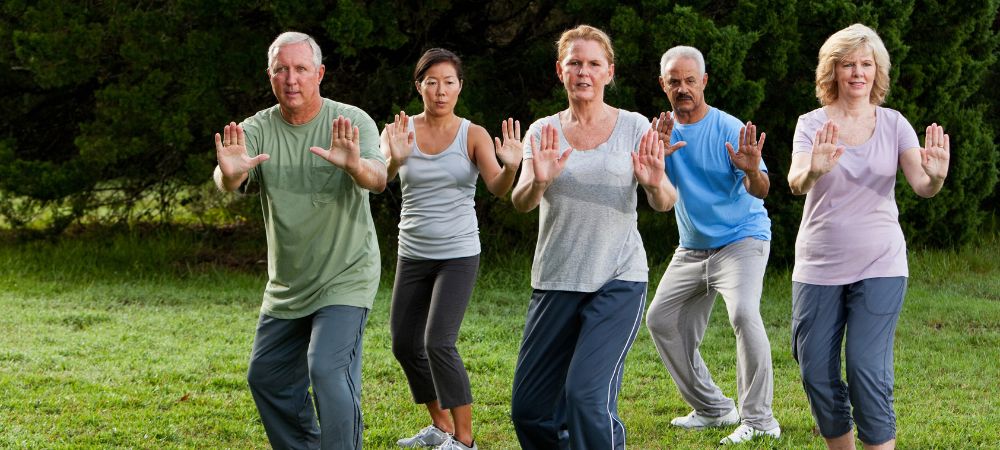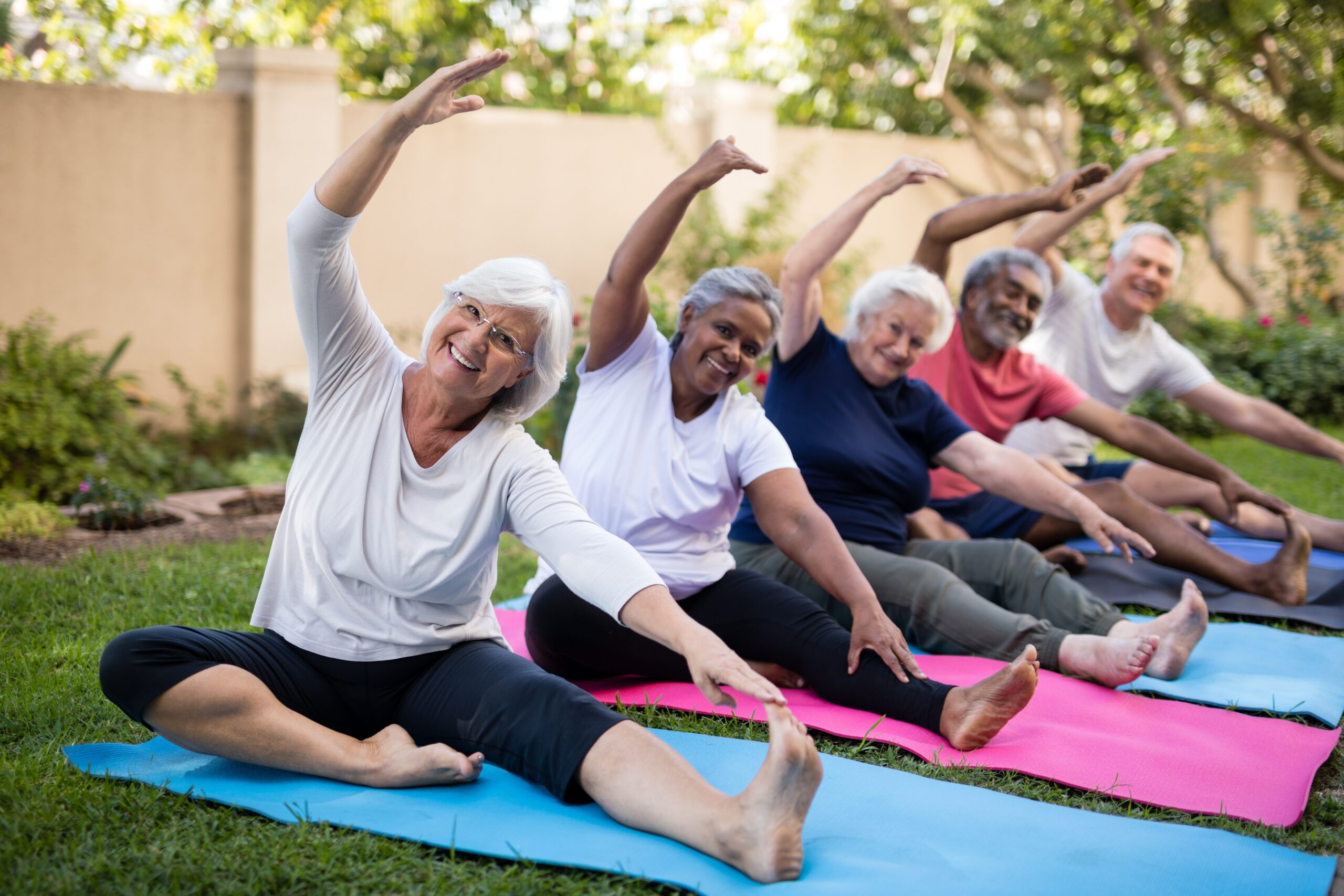Tai Chi for Seniors: Improve Balance, Boost Health & Calm the Mind
Keywords:
tai chi for seniors, balance exercises for elderly, mindfulness for older adults, tai chi benefits for aging, low impact workout for seniors, how to prevent falls in seniors, tai chi classes near me
🌟 Why Tai Chi Is the Perfect Exercise for Older Adults
As we age, maintaining balance, mobility, and mental clarity becomes increasingly important. Tai Chi—a gentle, flowing form of exercise developed in ancient China—offers a powerful way for seniors to stay active, reduce fall risk, improve health, and find inner calm.
Unlike high-impact exercises, Tai Chi is low-stress on joints, requires no equipment, and can be practiced anywhere, by virtually anyone.
✅ Harvard Medical School calls Tai Chi "meditation in motion"—and for good reason.
🧓 What Is Tai Chi?
Tai Chi (pronounced tie-chee) is an ancient martial art that focuses on slow, deliberate movements, deep breathing, and mental focus. It combines physical activity with mindfulness, making it one of the best all-around exercises for healthy aging.
Originally designed for self-defense, it has evolved into a powerful wellness practice, especially among older adults.
🩺 10 Proven Benefits of Tai Chi for Seniors
- Improves Balance & Prevents Falls
- Tai Chi increases leg strength, core stability, and body awareness, all essential for staying upright and avoiding injury.
- Reduces Stress & Anxiety
- The slow, rhythmic movements promote relaxation, lowering cortisol levels and calming the nervous system.
- Boosts Cognitive Function
- Studies show Tai Chi may slow cognitive decline, sharpen memory, and reduce the risk of dementia.
- Enhances Flexibility & Mobility
- Gentle stretching through Tai Chi improves joint range of motion without pain or strain.
- Lowers Blood Pressure & Supports Heart Health
- Regular practice has been linked to better circulation, reduced inflammation, and improved cardiovascular health.
- Strengthens Muscles & Bones
- While gentle, Tai Chi engages full-body muscles, helping to combat sarcopenia (age-related muscle loss) and osteoporosis.
- Improves Breathing & Lung Capacity
- Deep breathing exercises within Tai Chi help with oxygen intake, respiratory strength, and calming the mind.
- Supports Joint Health (Arthritis-Friendly)
- Unlike jogging or jumping, Tai Chi is joint-safe—ideal for those with arthritis, knee pain, or stiffness.
- Improves Sleep Quality
- By calming the mind and body, many seniors report deeper, more restful sleep after regular practice.
- Builds Confidence & Social Connection
- Group Tai Chi classes are a great way to meet others, reduce loneliness, and stay mentally and socially engaged.
🔄 Tai Chi vs Other Exercises for Seniors
ActivityBalanceStrengthStress ReliefJoint ImpactBest ForTai Chi✅✅✅✅✅✅✅✅✅ (Very Low)Overall wellnessWalking✅✅✅✅✅Heart healthYoga✅✅✅✅✅✅✅✅Flexibility & calmWeight Training✅✅✅✅❌❌Muscle strengthSwimming✅✅✅✅✅✅✅ (Zero impact)Joint conditions
💡 Who Can Do Tai Chi?
Anyone can practice Tai Chi, including:
- Seniors aged 60, 70, 80+
- People recovering from injury
- Those with arthritis, Parkinson’s, or mobility challenges
- Beginners with no prior fitness experience
You don’t need to be flexible, athletic, or experienced—just willing to begin.
🧘♀️ 5 Simple Tai Chi Moves to Try at Home
- Commencement (Beginning Form)
- Stand tall, arms by your sides
- Slowly lift arms forward to shoulder height, palms down
- Breathe in as you raise, out as you lower
- Promotes awareness and calm
- Parting the Wild Horse’s Mane
- Step to one side, shift weight
- Extend one arm forward, the other down and back
- Repeat on both sides slowly
- Improves coordination and balance
- Golden Rooster Stands on One Leg
- Shift weight to one leg
- Lift the opposite knee slowly
- Raise opposite arm in front
- Boosts leg strength and stability
- Wave Hands Like Clouds
- Shift weight side to side
- Move arms in a gentle, flowing circular motion
- Helps coordination and relaxation
- Closing Form
- Finish with arms coming down slowly in front of the body
- Ground yourself with deep breathing
⏱️ Practice each move for 2–3 minutes daily to begin.
📍 Where to Learn Tai Chi (U.S., UK, Europe & Online)
- Local Community Centers often offer Tai Chi for seniors classes
- YMCA or SilverSneakers Programs in the U.S. offer free senior classes
- Tai Chi YouTube Channels like:
- Tai Chi Health for Life
- Dr. Paul Lam's Tai Chi for Health
- Apps like Tai Chi for Beginners or Daily Tai Chi
- Online Courses via Udemy or Coursera for guided practice at home
🧭 How Often Should Seniors Practice Tai Chi?
LevelFrequencyDurationBeginner2–3x/week15–20 minutesIntermediate3–4x/week20–30 minutesAdvancedDaily30–45+ minutes
Even 10 minutes daily of focused Tai Chi can provide long-term benefits.
🛡️ Final Tips to Get Started Safely
- ✅ Talk to your doctor if you have any health conditions
- ✅ Wear loose, comfortable clothing and flat shoes
- ✅ Start slowly—focus on form, not speed
- ✅ Breathe deeply and move with awareness
- ✅ Practice in a calm space (outdoor or quiet room)
💬 Final Words: Age Gracefully with Tai Chi
Tai Chi offers a unique path to aging gracefully, moving confidently, and living mindfully. With zero equipment, no pressure on joints, and a wide range of mental and physical benefits, it’s the perfect companion to a healthy, happy older life.
So whether you’re 60, 70, or 90—there’s no better time to start than today. Just one step, one breath, one slow movement at a time.
🧠 “He who practices Tai Chi gains the strength of stillness and the wisdom of movement.”
🔍 High-Traffic Related Searches:
- “tai chi classes for seniors near me”
- “tai chi for arthritis pain relief”
- “gentle exercise for seniors at home”
- “how to improve balance after 65”
- “tai chi routine for beginners PDF”
- “does tai chi help dementia?”


